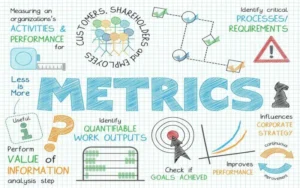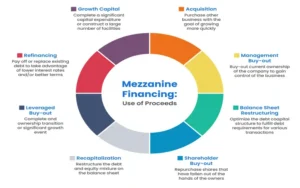What exactly is a micromanager?
A micromanager is a boss or manager who micromanages their employees. Instead of telling an employee what tasks must be completed and when, a micromanager will closely monitor the employee’s actions and frequently criticize the employee’s work and processes.
Recognizing Micromanagers
Micromanagement is a type of leadership that may produce results in the short term, but it is detrimental to employee and company morale in the long run. Micromanaging typically has a negative connotation because an employee may perceive a micromanager as condescending towards them due to a perceived lack of faith in the employee’s competency.
A manager who uses this management style also creates an environment in which their team develops insecurity and a lack of confidence in their work. The team may struggle to function in the absence of the manager. A micromanager will typically spend most of their time supervising the work of their direct reports and exaggerating the importance of minor details to subordinates—time that could have been spent on more critical tasks. Although others in the firm can quickly identify micromanagers, the micromanagers may not see themselves as such.
A micromanager’s management approach is more effective than that of a micromanager. Macromanagement assigns broad tasks to direct reports, leaving them alone to complete their work. Macro managers are confident that the team can complete the same task without regularly being reminded of the procedure.
Micromanagement Signs
Micromanager characteristics include, but are not limited to:
- Requesting to be copied on every email
- Taking on more work than they can handle by occupying themselves with the work of others because they believe they can do it better.
- Looking over the team’s shoulders (both literally and metaphorically) to see what each member is working on and asking for updates on where things stand
- I always want to know what each team member is working on
- Delegating what must be done and how it must be done leaves no room for the team to take initiative.
- Never being satisfied with the results
- concentrating on unimportant details
From the preceding list, it is clear that a micromanager has difficulty meeting deadlines because work must be redone repeatedly and valuable time is spent poring over insignificant details. Team members eventually become frustrated and resentful because their work is undermined at every stage, and they have no control over how a project is run. The micromanaging leadership style is ineffective because team members’ skills and development on the job are stunted.
Methods for Reforming a Micromanager
A micromanager who has been identified as such can take the following steps to break the habit:
- Set a couple of success metrics for any given project. Ignore any other details that are not specified.
- Delegate “what” needs to be done but not “how.”
- Maintain an open-door policy for team members to use for coaching or additional guidance.
- Set a deadline for each stage of an assigned project, and then hold a meeting with a reasonable time limit to receive work updates.
Conclusion
- A micromanager uses a style of business management that focuses on how well each team and worker does their job every day.
- Micromanagement might get results immediately, but it usually brings down the mood in the workplace and makes it unfriendly.
- Once they know they are micromanagers, they can change how they lead and take a broader view.








































